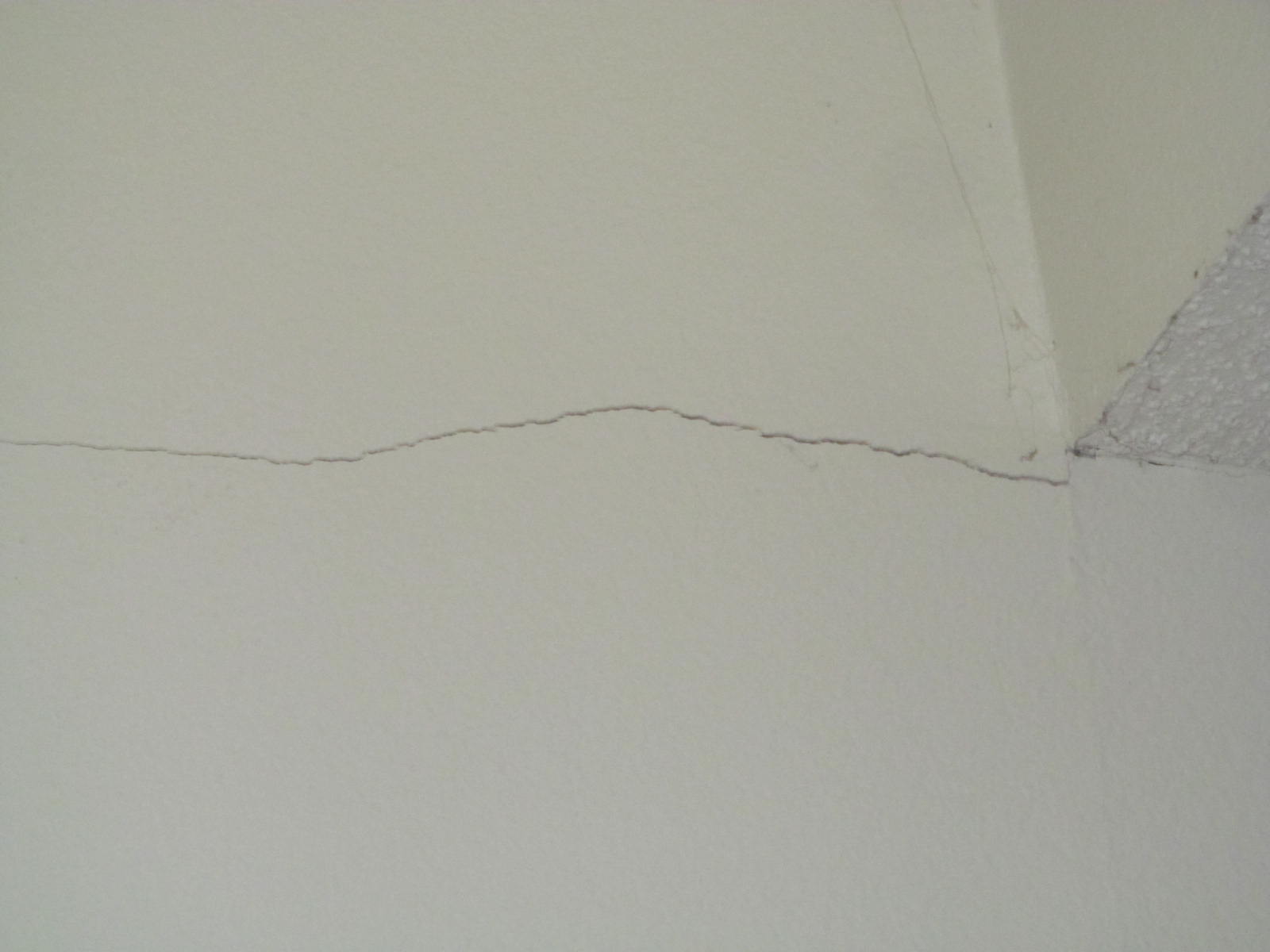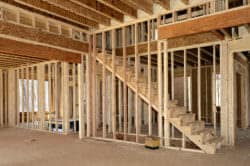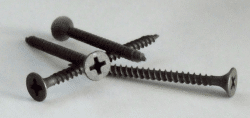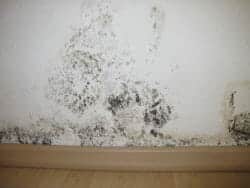Drywall Cracks – What causes cracking, when is it structural?

Cracks in the drywall and plaster are a very common occurrence. They occur over time when there is stress or even a little settlement of the home. Contractors may call them hairline cracks, meaning that they are very thin looking. The majority of the time they are considered cosmetic and can be covered over when repainting is done.
Where do you often see drywall cracks?
These cracks are most commonly seen in areas where the structure develops more stress than other areas. The most common areas are the corners of doors and windows as well as the corners of wall openings. This is true of both exterior and interior doors and openings.
Another common place to see these cracks is where two pieces of drywall come together. These cracks usually run either horizontal or vertical at the drywall seams. Homes with vaulted ceilings may develop these cracks in the higher areas as well.
Additionally, drywall cracks are often found where two pieces of drywall are butted together. This occurs because there is a joint, which gets drywall taped and then layered with two or three coats of drywall mud. These joint areas are weaker than in the center, or field area of the drywall, therefore some cracks may occur at these joints.
Common causes of drywall cracks
As previously mentioned, stress is usually the main reasons that cracks occur. However, there are many potential causes of stress; some of the more common ones are:
- Wood framing drying out; the wood cures or loses moisture as it ages, causing the lumber to twist or warp a little and even a little dimensional change occurs.
- Movement of the structure:
1. Wind loads from storms, creating stresses on walls and ceilings
2. Settling of the home or soil movement
3. Expansive soils pushing up on the structure
4. Wet and dry seasons
5. Expansion and contraction due to hot and cold weather (this can be common in vacation homes and homes that have been left vacant due to the fact that the internal temperature of the home has been allowed to get higher and lower depending on the outside temps)
6. Earthquakes – if the home is in an area that has trimmers or earthquakes
7. Truss uplift – can create cracks where interior walls meets ceiling
8. Poor quality workmanship in taping the drywall joints. (Too much mud, too little mud, missing drywall tape, and drywall secured with internal stresses are some causes)
- Removal of “Popcorn,” textured or “cottage cheese” looking ceiling material may leave a drywall taping job that tends to crack at the drywall joint. This often happens because the home builder knew that they were going to texture the ceiling, so they had the drywall contractor put on less coats of drywall mud over the joints since it would save money and would be covered with a textured material. i.e. a “popcorn” ceiling material. With fewer coatings over the joints, the more likely a crack will develop.
Some cracks may be a “red” flag under a few circumstances.
Wide cracks or cracks that run at an angel or diagonally may be a “Red” flag. It is important to note that while these cracks should be looked at more closely, these types of cracks may not be serious. Whether or not these cracks are serious is dependent on the particular circumstances.
If concerned, do a quick structural check of the home
First, step outside the home and walk around the exterior to check for:
- Cracks in the foundation or is it bowed or leaning
- Cracks in the siding or stucco (a few small cracks are common)
- Does the roof sag or is it bowed
- If there is a basement, check for cracked or bowing walls
Walk around the inside:
- Are the floors level or sloping
- Do any doors rub the flooring
- Are any doors or windows sticking
- Look for sagging ceilings and bowed walls
The above items can be an indication that a structural issues may exist, depending on the location and severity. If so, some of these issues may need to be addressed to help keep the drywall cracks from coming back.
Who can fix drywall cracks?
Handymen, homeowners, painters or drywall tapers
For the majority of cracks a painter would be the appropriate person to seal and cover the cracks. At times, a drywall contractor or a skilled handyman who can tape and mud joints may be needed. There are many products that can be used such as mesh tape, mesh patch kits, drywall mud and caulking. In some instances depending on the type of texture on the wall, it may be difficult for the homeowner to properly match the existing texture pattern. In this case an experienced drywall contractor is recommended although the majority of small cracks can be filled and repainted such that they cannot be noticed easily. By using a mesh tape product the crack is less likely to show up again. Simply applying some drywall mud or spackle will not be very strong and you may find that even the normal expansion and contraction from temperature fluctuations may be enough to cause the crack again.











In our bathroom we have vertical cracks along the corners of the wall where one wall meets the other on two opposite corners, they are about 3-4mm thick, should we be concerned?
Good information.
I live in a 35 year old house that was completely free of any cracks, interior or exterior, until sometime within the last year. There are now diagonal interior cracks near openings in the wall, vertical cracks from floor to ceiling, horizontal cracks near the staircase, and exterior vertical cracks at the corners of stucco. These cracks are located all over the house and far apart from each other. Several contractors have checked the foundation and all advised us that there is no problem, however, no-one has been able to explain why there has been such a dramatic change and are so many cracks after 35 years without any cracks at all.
Any suggestions you might be able to offer or references you might be able to recommend would be most welcome.
house settling – drywall cracks: should yard around house be watered all summer?